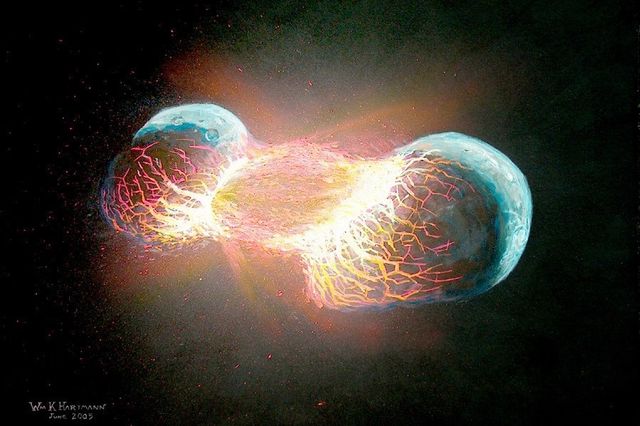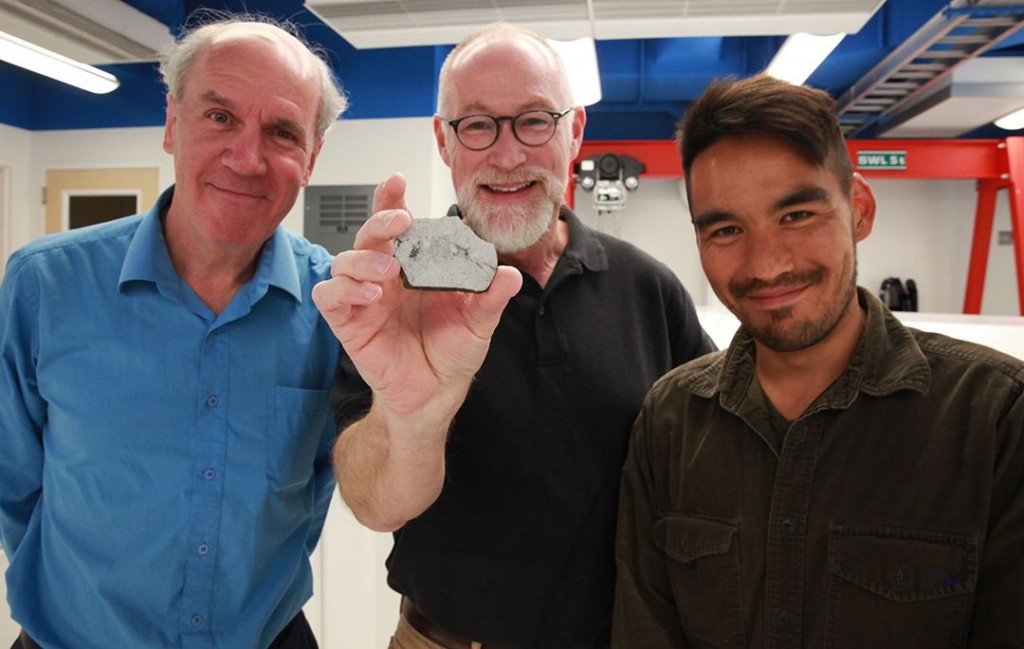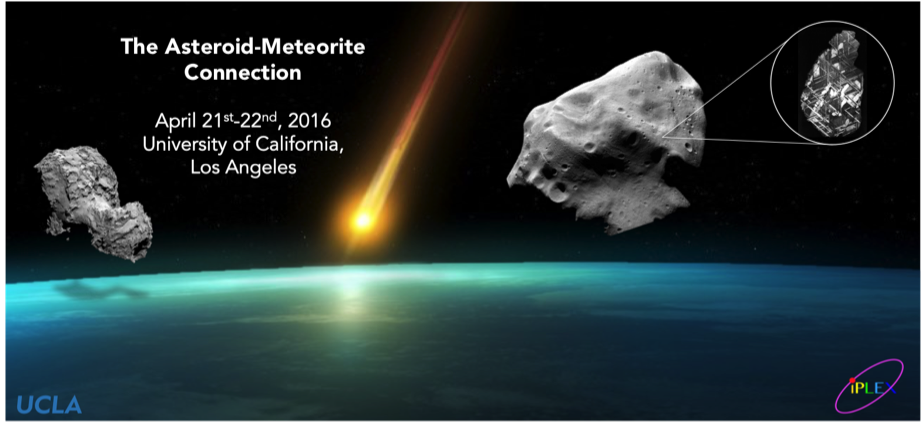 UCLA scientists Ed Young, Issaku Kohl, Paul Warren, and their collaborators are featured in Science today (January 29, 2016) with their paper “Oxygen isotopic evidence for vigorous mixing during the Moon-forming giant impact.” Using their new Panorama high-resolution mass spectrometer, which is housed at UCLA, the team has performed ultra-high precision oxygen isotope analyses of lunar samples. The compositions match those of Earth’s mantle rocks to within a few parts-
UCLA scientists Ed Young, Issaku Kohl, Paul Warren, and their collaborators are featured in Science today (January 29, 2016) with their paper “Oxygen isotopic evidence for vigorous mixing during the Moon-forming giant impact.” Using their new Panorama high-resolution mass spectrometer, which is housed at UCLA, the team has performed ultra-high precision oxygen isotope analyses of lunar samples. The compositions match those of Earth’s mantle rocks to within a few parts- per-million (in the Δ17O parameter), demonstrating that the Earth and Moon formed from the exact same reservoir of well-mixed material. Their data also constrain the composition of the so-called “late veneer” materials added to the Earth after the Moon-forming impact.
per-million (in the Δ17O parameter), demonstrating that the Earth and Moon formed from the exact same reservoir of well-mixed material. Their data also constrain the composition of the so-called “late veneer” materials added to the Earth after the Moon-forming impact.
Read more about the science article and see the EPSS team on the UCLA Newsroom website.
Together with iPLEX, the group will be hosting a meeting on April 21-22 of this year, which will focus on the isotopic, spectrographic, and dynamic connections between asteroids, comets, and meteorites that fall to Earth. To read more about the workshop, visit the website here: The Asteroid-Meteorite Connection.
Follow Iplex


